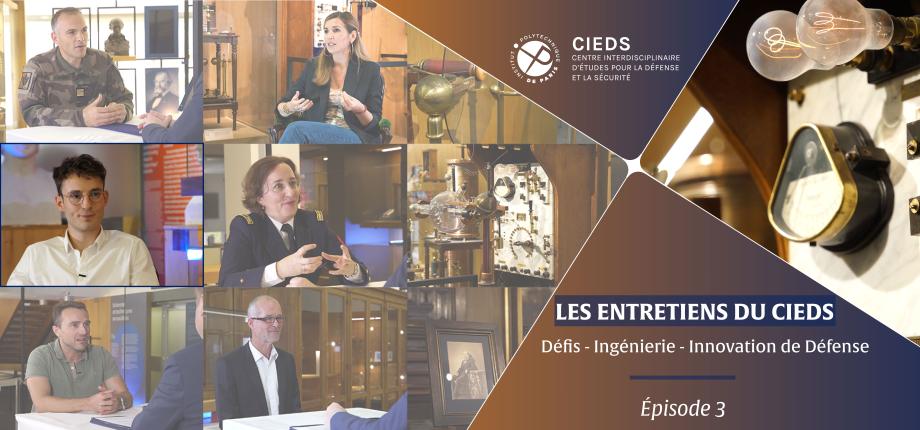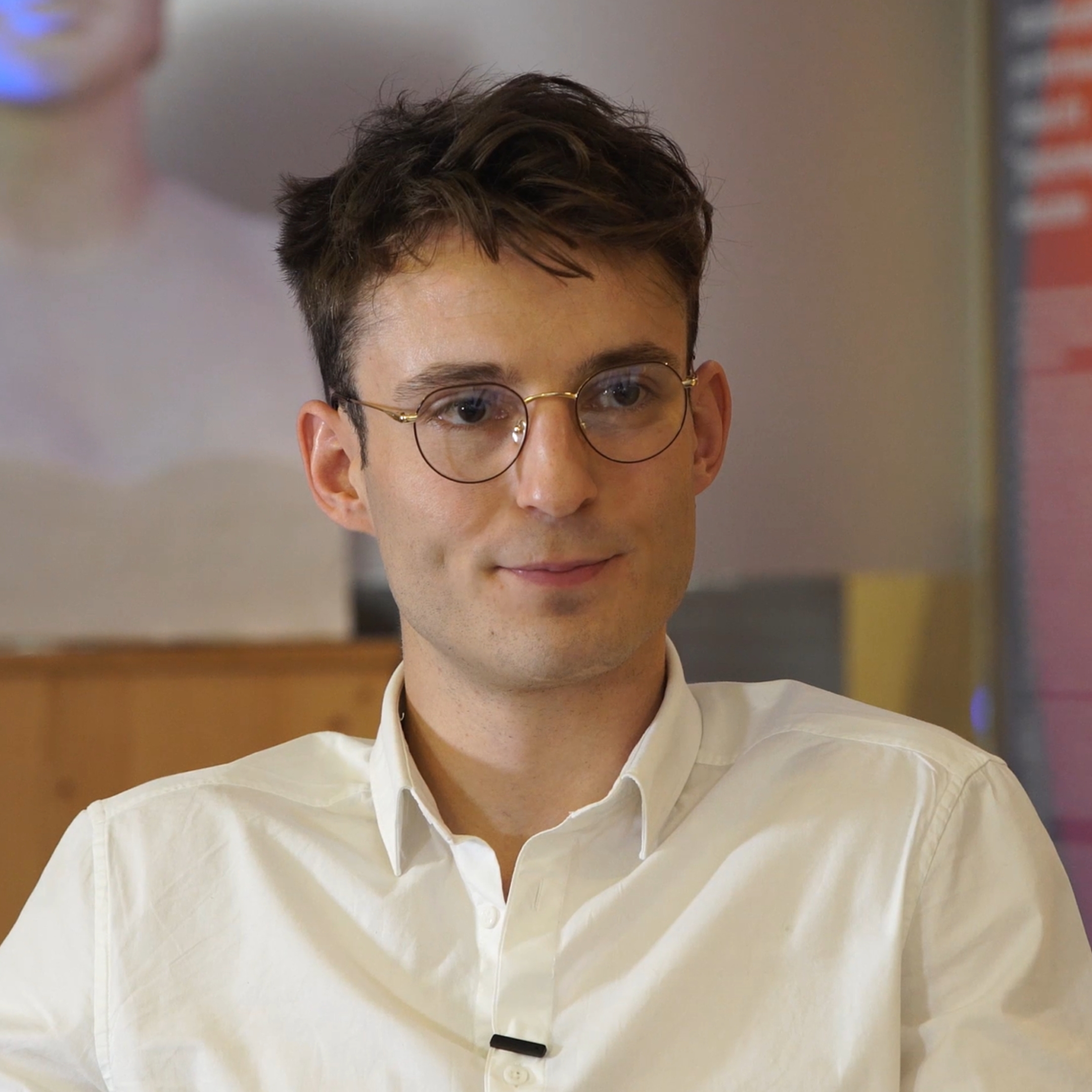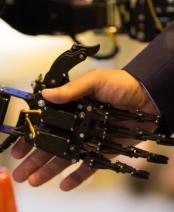Les entretiens du CIEDS: Meet Gabriel Vernhes from the Applied Economics Unit, in Episode 3

About the speaker

Gabriel Vernhes
Postdoctoral researcher
UEA, ENSTA
"My research focuses on international knowledge flows in the military and aerospace fields and, among other things, on the economic dynamics that transform scientific advances into weapons."
After completing a bachelor’s degree in Economics and a first year of a master’s in International Economics, Gabriel Vernhes joined ENSTA’s second-year master’s programme in Organisation, Strategy & Information Systems Consulting. He then pursued a PhD, supervised by Didier Lebert, within ENSTA’s Applied Economics Unit. Having obtained his doctorate, he is now continuing his research as a postdoctoral researcher in the same laboratory.
Key moments of the episode
Defence innovation priorities in applied economics
Unlike the United States, Europe is highly fragmented in its defence innovation efforts. One of the priorities, according to Gabriel Vernhes, would be to pool R&D funding at the European level.
Funding for basic research: private vs public
Since the 1990s, the state has withdrawn from funding basic research, especially in Europe and particularly in France, explains the guest. According to him, this withdrawal is one of the factors responsible for the decline in France’s military innovation capabilities. Innovation is now largely outside the defence sector and has become predominantly civilian.
Military/civil duality
During the Cold War, the space race was mainly driven by states through public funding. The civilian sector benefited greatly from these innovations. Since the 1990s, the state has slightly withdrawn from funding military scientific and technological research. The civilian sector then took over, developing technologies such as telecommunications, satellite launch systems, and artificial intelligence. Nowadays, the issue of duality means that the military must seek out innovations in the civilian sector. This requires extensive monitoring in order to integrate these innovations into the armed forces.
Interactions with CIEDS
During Opération CIEDS, the young researcher was able to discuss with members of the armed forces and gather their expertise as well as their field experience. These discussions allowed him to compare his theoretical knowledge with real-world practice. This event also provided Gabriel Vernhes the opportunity to engage with industry professionals, defence innovation stakeholders, and other researchers.
Expectations of young people in the defence ecosystem
Nowsdays, cyberspace is a major issue, says the guest. The threats present on the Internet have the potential to deeply destabilise our societies. He adds that these threats are likely to increase in the future. It is therefore essential that defence innovation systems take these issues into account to ensure access to secure and protected information systems, emphasises Gabriel Vernhes. According to him, the second priority is to integrate environmental protection both into the use of military innovations and, as much as possible, into their design, so that ecosystem protection is strengthened within national and European defence considerations. In the long term, respect for and protection of the environment would be essential for global geopolitical balance.
Knowledge flows in 2024
By studying patent citations surrounding aerospace and military innovations, the postdoctoral researcher noticed that China has cited European patents extensively over the past 25 years. It has incorporated and replicated research and technologies developed mainly in the United States, but also in Europe. In the future, China could become a very dangerous player in the field of defence innovation. Gabriel Vernhes therefore explains that European countries should unite their efforts to face this emerging giant that is China.
Quality of knowledge vs. knowledge flows
Several tools exist to assess the quality of a knowledge flow. A patent filed quickly, with low funding and few claims, can be considered a patent of low technological value, the guest explains. The number of patents relative to the number of employees in the same company can also serve as a useful indicator. The most robust indicator, however, remains the number of citations the document receives within three years of its publication.
Knowledge flows during geopolitical tensions
Knowledge flows could help predict the emergence of conflicts. However, several years are required for patent citations to be consolidated and usable by researchers. Predictions, therefore, lag behind reality.
In the case of the war between Ukraine and Russia, which officially began in 2014, knowledge exchanges between the two countries reportedly intensified; in other words, Russia absorbed more Ukrainian knowledge, and vice versa. According to the economist, these two countries possess a similar arsenal inherited from the USSR. When Ukraine improves its military arsenal, Russia can directly draw on these advances to enhance its own.
Since 2022, Ukraine has been receiving weaponry supplied by Western countries. This raises the question: will this weaponry divert Ukraine from its intellectual partnership with Russia towards the West?
A vast field of knowledge flows therefore remains to be explored, which should encourage young doctoral students to continue this research work!
The CIEDS sincerely thanks Gabriel Vernhes for his fascinating interview and for the time he dedicated to this brand-new project aimed at raising awareness of defence issues.














